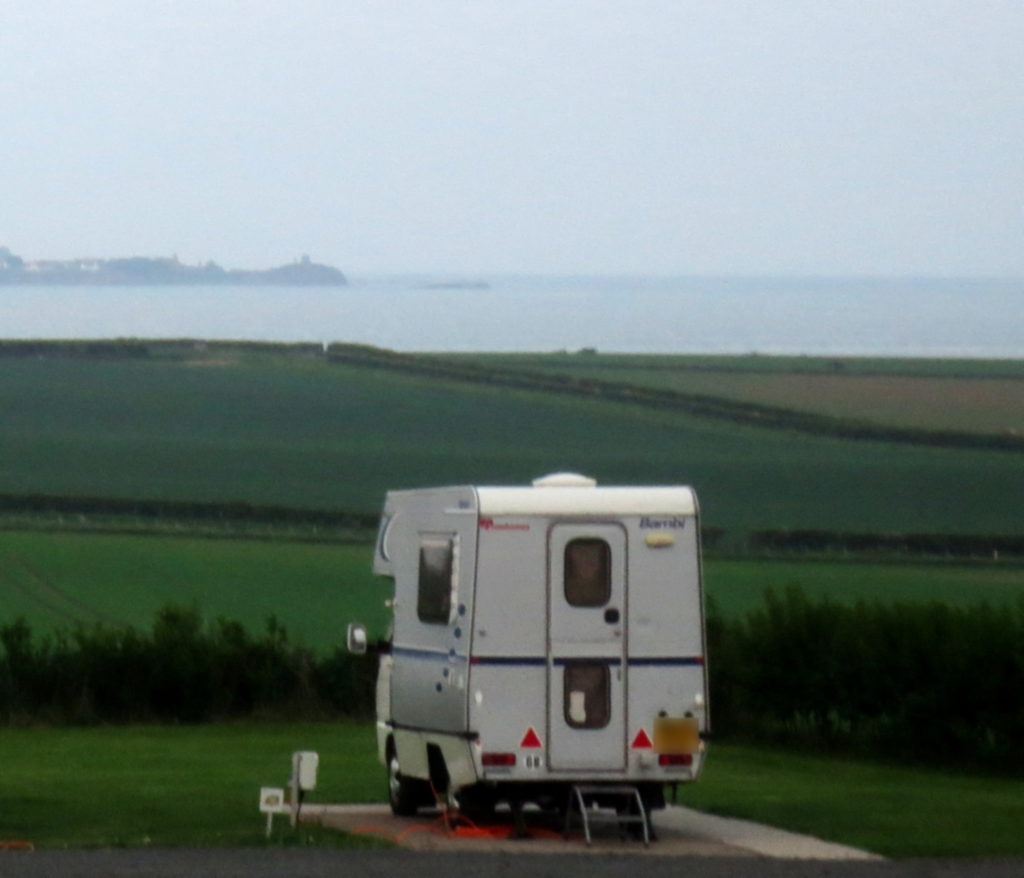Dear Benedict
I’m a wanderer. I use that word instead of gyrovague, because although I think it is a particularly super word, it’s not a 21st century one. Not using words in common use is one of the things that makes spiritual texts like the rule accessible only to initiated people, those that know and understand the language used.
So, I repeat, I am a wanderer. I have and do wander, both physically and spiritually. I was in my 20s when the local vicar, hearing my story about searching for a way in my vocation in the local reformed church, suggested I visited an Anglican Benedictine Community for women. Now you need to understand that in the reformed church of my youth, liturgy was very different as was architecture and the notion of community very different indeed. So this was a big change for me, but it was also a very welcome one. It was there that I first read your Rule and saw it lived out. Perhaps if I’d never wandered that way I wouldn’t have encountered it. But I doubt I contributed very much, if anything, to that community myself.
Later I wandered off to other communities, including one in South London and another in North Yorkshire. I can see that any community has to get a balance between welcoming wanderers and living as a community. It can’t be easy. Whilst I have not contributed much to any of those communities I have visited they have given me a great deal.
Perhaps it was like that in the community you knew: too many visitors visiting the high profile monastery to sustain community life. There has been an increase in wandering. Forward to the 21st century and we can see the patterns left by wanderers criss-crossing the globe and the unlooked for effects of all that wandering on culture, language, commerce, climate and our fellow human beings. It’s a layer of human activity that it seemed impossible to strip away until COVID19 came along. Suddenly all our plans were on hold. We were, and still are in some places, in lock down, restricted to our local community or even quarantined in one small space. With so much riding on our interconnections, some things began to grind to a halt. Fewer aeroplanes crossed the skies.
If there were some benefits to this reduction in wandering, it was soon apparent that many resented such restrictions and wanted to get back the freedom to wander. ‘We are a freedom loving people’ said the UK Prime Minister recently, about this. But surely not at any cost.

In 2019 I wandered the length of Britain and once again I learnt a lot. Again I took much and gave little but can we be so sure that our presence as wanderers does give little to our hosts. How will a community practice hospitality if it doesn’t welcome visitors? How will it be open to new ideas and experiences if it doesn’t have an open door? These questions apply not only to monastics but to this whole island. Imagine a monastery that had a sort of little sub cell several hundred miles away, damp and poorly provisioned, run by another set of tired and jaded folks, where it sent unwanted visitors. It might deter people I guess, but would that be Christian welcome? Of course the idea of using Ascension Island for unwanted asylum seekers was just blue sky thinking, wasn’t it?
I’m a wanderer and I want to learn about community. So I have wandered into the Lay Community of St Benedict and I’m trying not to let my ‘will and gross appetites’ get the better of me.
From a remembered psalm: Lead me in your ways. May I follow your path.
Move me.
From A Friend of Scholastica and a Member of the Lay Community of St Benedict.




